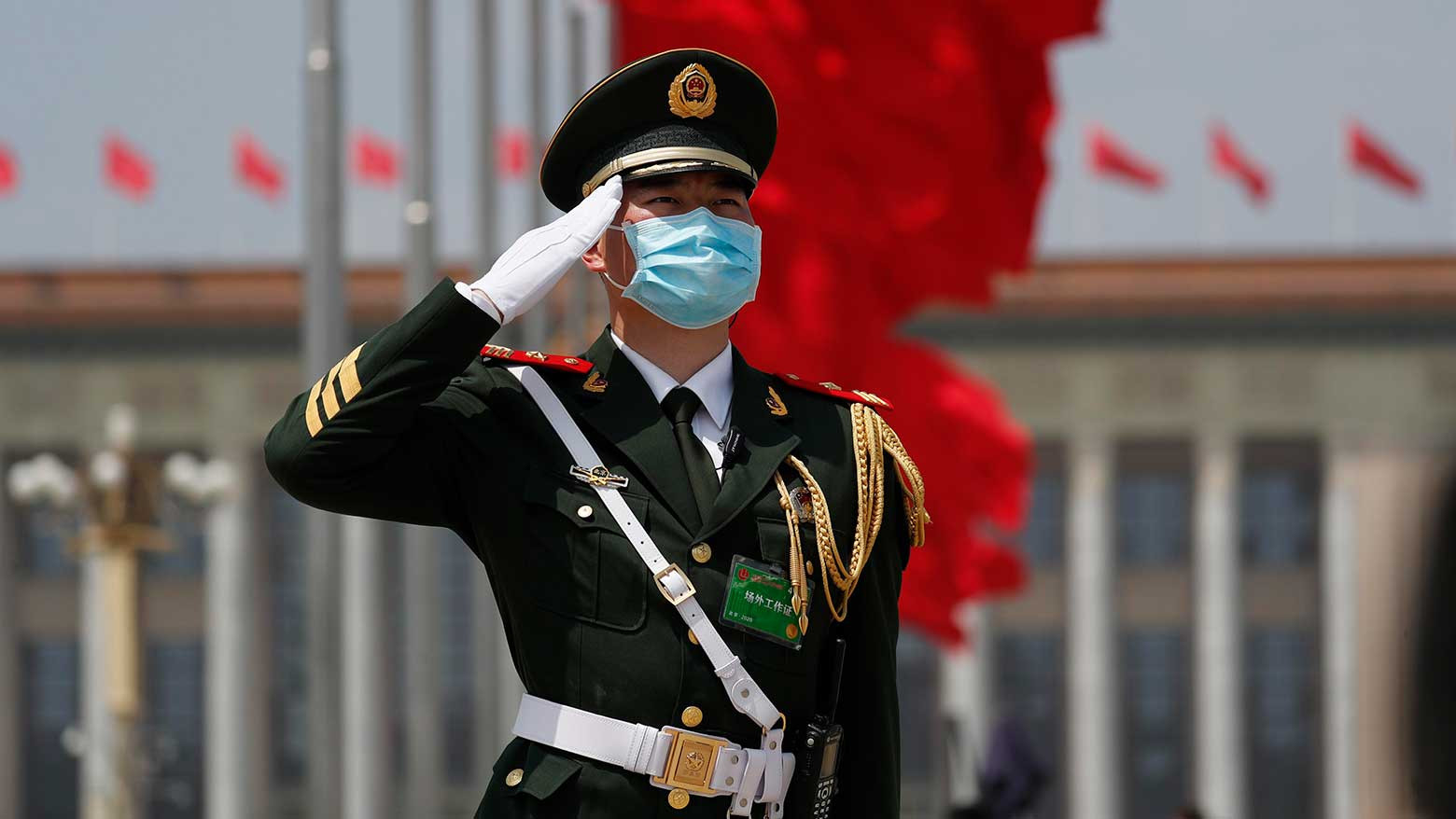“Guam killer” and “carrier killer”
US military authorities say China launched four ballistic missiles on August 26. They fell between Hainan Island and the Paracel Islands, known as the Xisha Islands by Beijing. Chinese maritime authorities had pre-announced that military exercises would be conducted in the area at the end of August.
Hong Kong’s South China Morning Post newspaper quoted a source who claimed China fired two missiles. The source said one was a DF-26, launched from the province of Qinghai. The DF-26 has a range of 4,000 kilometers and is nicknamed the “Guam killer” as it has US bases in Guam within its range. It can be used in nuclear strikes.
The other missile is understood to have been a DF-21D, launched from the eastern province of Zhejiang. It is known as a “carrier-killer” with the ability to target US aircraft carriers navigating the South China Sea and the Pacific. Both of the missiles can be fired from mobile launchers, making them difficult to detect ahead of time.
The Chinese government is yet to directly confirm the launch. A day prior, officials denounced the US for sending a surveillance aircraft without permission over a no-fly zone set up by China. In July, two US nuclear-powered aircraft carriers conducted drills in the South China Sea. Military aircraft have flown over repeatedly.
Iida Masafumi, head of the America, Europe, and Russia Division at Japan’s National Institute for Defense Studies, says China is showing off its deterrence capability against US warships, especially aircraft carriers. He says China is displaying willingness and power amid heightened tensions.

US shifts its stance
This year, the US has taken a stronger stance against Chinese activity in the South China Sea. A statement from US Secretary of State Mike Pompeo in July said “Beijing’s claims to offshore resources across most of the South China Sea are completely unlawful.”
On August 26, the US government announced it was imposing sanctions on 24 Chinese firms who have played a role in the construction of artificial islands over the past seven years. They include subsidiaries of state-owned China Communication Construction Company, effectively banning them from any deals with US entities. Visa restrictions are also in place for Chinese individuals linked to the artificial islands.
China continues to claim sovereignty over islands in the South China Sea that are also claimed by neighboring countries. That is despite a 2016 international arbitral tribunal rejecting China's claims, describing them as a violation of international law. China has ignored the ruling and forged ahead with the development of military facilities on islands under its effective control.
China conducts frequent exercises and drills in the region. Vietnam claims a fishing boat was sunk by a Chinese patrol ship earlier this year, with another Vietnamese boat attacked by a Chinese vessel. Southeast Asian countries, struggling to contain coronavirus outbreaks, are growing increasingly concerned by China’s presence.
Military tensions continue
The US Defense Department released a statement that takes China to task over last week’s missile launch. “Conducting military exercises over disputed territory in the South China Sea is counterproductive to easing tensions and maintaining stability. The PRC’s actions further destabilize the situation in the South China Sea,” it reads.
The US Navy published photographs online of its missile-guided destroyer USS Mustin in a “freedom of navigation operation” in waters near the disputed Paracel Islands one day after the missile launch.
A spokesperson for China’s Ministry of National Defense hit back with some harsh words: “China will neither do the same nor allow the US to mess about. China has taken strong measures to firmly defend its national sovereignty, security, and development interests.”
Iida at the National Institute for Defense Studies says China is seeking naval supremacy in the strategically important South China Sea. Part of that is controlling access to the western Pacific.
“China has a strong intention to secure effective control of the South China Sea while the US also has strengthened its approach against China,” he says. “Tensions between the two countries are expected to continue to escalate.”

